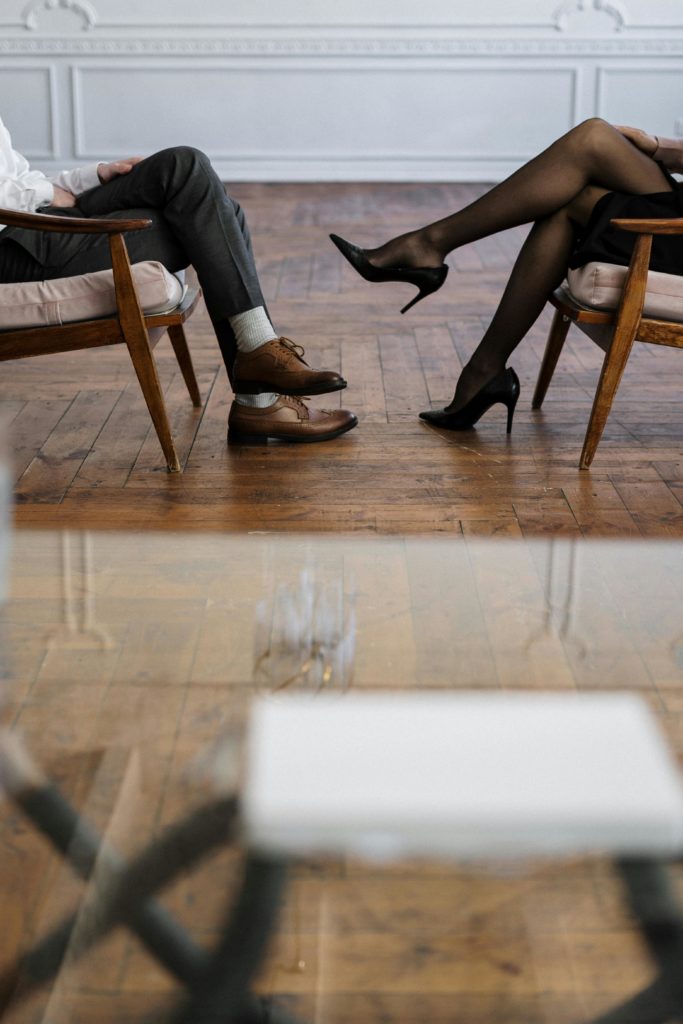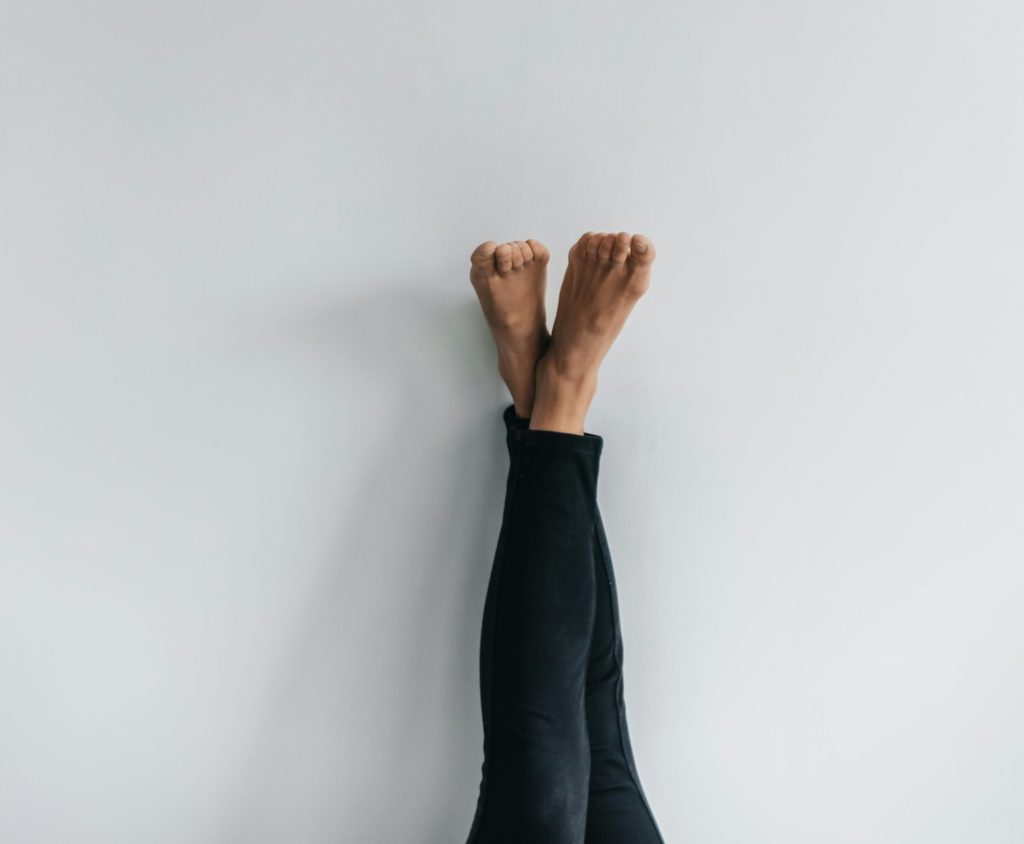
Does your job involve sitting for long hours? If so, think back across the past few weeks. How many times did you move your body as part of the everyday life? And by movement, we don’t mean your after-work spin class, or the 20-minute walk squeezed into your lunch break. Movement can encompass several different definitions, but what we mean by movement is using your body in a bit of a more strenuous way. Something like raking your backyard, digging in your garden, or cycling up the hill.
If you have a difficult time remembering, you are not alone. In fact, only about 28% of the population is meeting the recommended physical activity guidelines, let alone strenuous movement.
Although some data was collected during the COVID outbreak when a lot of people were forced to work from home, it is fair to say that there is a modern crisis affecting the level of our physical activity. This lack of movement affects our health and well-being in a lot of different ways. Inactive living and sitting down too long is linked to distinct global health crises like obesity and diabetes.
The emergence of the many health issues we are facing is a result of lack of movement affecting the systems in our body, including the lymphatic system. Human’s lymphatic system is a network of tubes throughout the body that provides drainage secondary to the blood flow. The lymphatic system is in charge of detoxifying larger molecules before they enter the blood circulation. It also helps dispose of some toxins through the skin, urine, bowel movements and breath. Interestingly, recent studies have shown that even our Central Nervous System (CNS) is equipped with its unique way of drainage consisting of a network connecting its fluids (e.g. cerebrospinal fluid) and the lymphatic vessels.
A blockage in the lymphatic system can cause a build-up of fluid in your tissues or an infection in the lymphatic vessels. Backflow of lymphatic fluid in the nervous system can cause disturbed spinal posture, varicose enlarged lymph vessels and tender points. It is now known that the Sympathetic Nervous System (SNS), one of the three divisions of the Central Nervous System (CNS), can be strained not only through stress and anxiety, but also through lymphatic blockage. It is crucial to provide a healthy flow of lymphatic and cerebrospinal fluids throughout our body, stimulating it through different techniques and tools.
The methods described below can encourage lymphatic drainage, ultimately resulting in better physical and mental health.
1. Professional Lymphatic Drainage Massage
Lymphatic drainage massage is a form of gentle massage that helps with the drainage of lymph nodes. It encourages the movement of lymph fluids throughout the body. Your professional massage therapist follows a sequence of massage techniques to get things moving. You’ll feel lighter and more mobile and may notice a pinkish tint to your skin due to the increased blood circulation. Make sure you stay hydrated post-massage.
2. Self Lymphatic Drainage Massage
Although you may not experience results similar to a professional massage session, you can still score some benefits via a massaging your body in gentle circular motion. What influences the effectiveness of the massage is the pressure that’s applied. Since the lymphatic system is located superficially in our body, every gentle-pressure massage technique that works via the skin can help with drainage. The softer the tissue, the lighter the pressure should be. You can find many resources with guidelines on how to perform a DIY lymphatic drainage massage at home.
3. Wood Therapy Massage Tools
Wood therapy massage tools are made from high quality natural wood and can conveniently be used at home to stimulate lymphatic drainage. They come in different shapes and sizes to target specific body parts. Only 5-minutes of daily massage can help improve the health of the lymphatic system.
4. Dry-Brushing

Dry brushing is an exfoliation method that involves using a hand-held brush to gently massage the skin and encourage lymphatic drainage. The goal of using dry-brushing technique is to start at the limbs and move the brush toward the upper torso and chest, where the lymphatic fluids re-enter the bloodstream. Dry brushing pre-shower twice a week can be very effective in improving lymphatic health.
5. Gua Sha Scraping

Gua sha is a smooth-edged tool that has traditionally been used to gently massage the skin and physically push or drain lymphatic fluid toward the lymph nodes. Gua sha tools are typically made of stone or stainless steel, but a great option is gua sha stones made of rose quartz. To enjoy the best results, gua sha once a day. However, you can still see some benefits, if you gua sha two or three times a week before or in the shower.
6. Electric Lymphatic Drainage Massage Guns
There are many options available for an electric handheld massager. Some massagers offer different heads and modes to target various parts of the body. Not only massage guns relieve back, shoulder and neck tension for professionals who sit long hours, they also help with lymphatic drainage. it is important to test the speed and pressure prior to using the tool to ensure you are massaging your body gently. It is recommended that the massager be used for a duration of under 15 minutes with no longer than 2 minutes on each area.
7. Yoga and Stretch Exercises
Yoga and stretching are the best forms of exercise to help with lymphatic drainage. Some of the most effective yoga postures include downward facing dog, child’s pose, cat and cow pose, standing forward bend and seated neck stretches. The key to getting the maximum benefits of yoga and stretch is to hold each posture for at least 1-3 minutes.
8. Legs-Up-The-Wall

Resting your legs on the wall for five minutes a day can help with lymphatic drainage. It can also support the Sympathetic Nervous System to calm your nerves, reduce tension and help you sleep better. It is as simple as sitting perpendicular to the wall or the headboard of your bed, swinging your legs up and resting them on the surface. If your lower back is stiff, you might want to place your hips a few inches away from the wall or the headboard. This inversion pose is most effective if done at the end of the day.
9. Cold Plunge or Cold Shower
Cold water therapy can promote lymph flow in addition to its many other benefits like improved sleep quality and immune health. Start in a warm shower and gradually decrease temperature until cold, or add ice to a cold bath and sit submerged for about ten minutes. Another alternative is taking a swim in a cold lake or swimming pool.
Lymphatic drainage techniques are generally considered safe for most people, but it is recommended that you consult your healthcare professional prior to trying any new products and alternatives.